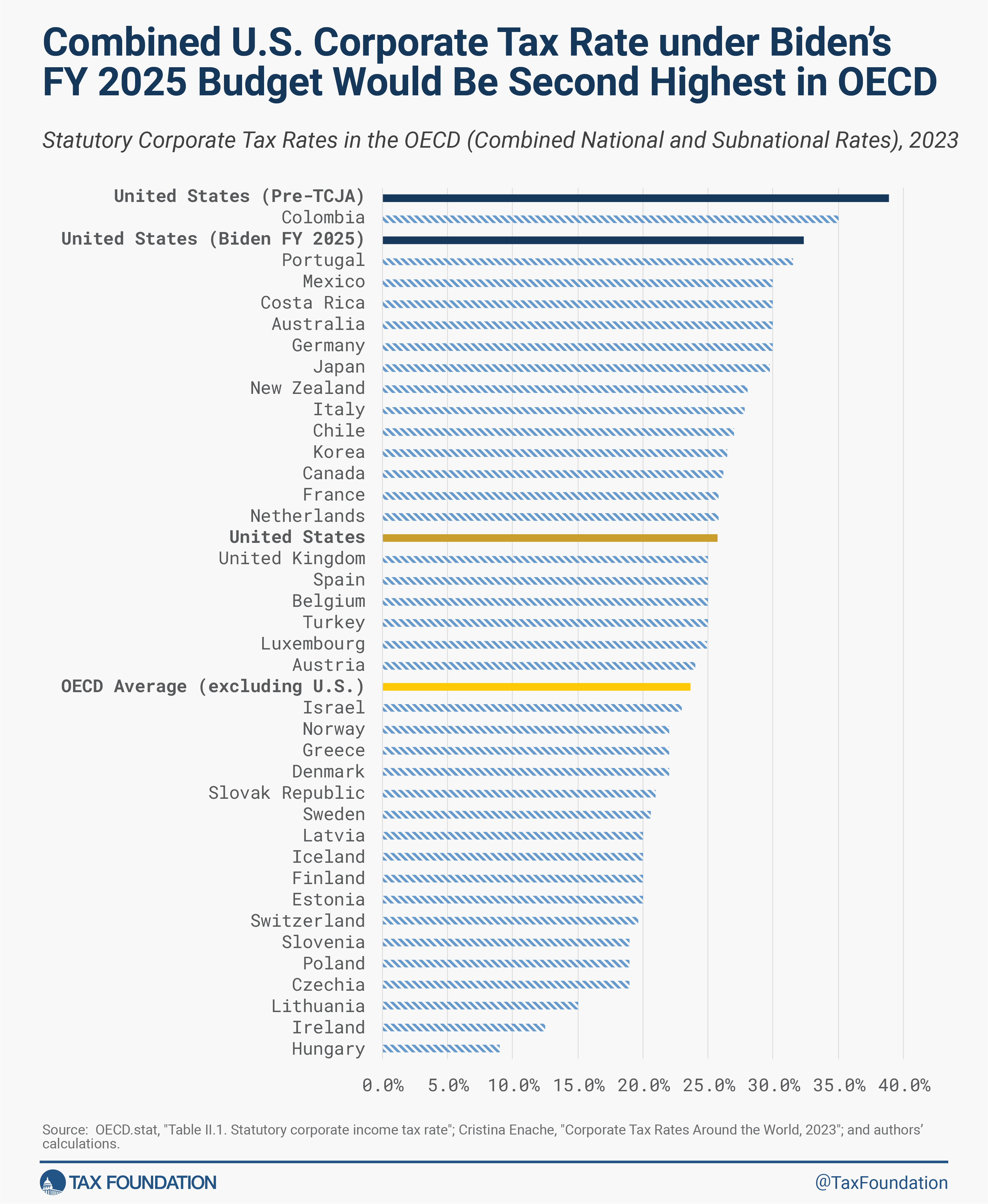Taking a closer look at PCAOB standard AS 1000
The Public Company Accounting Oversight Board (PCAOB) has recently adopted a significant new auditing standard, AS 1000, titled “General Responsibilities of the Auditor in Conducting an Audit.” This standard is a pivotal development in the auditing world, aiming to consolidate and clarify the foundational responsibilities of auditors. AS 1000 is designed to enhance the structure and clarity of auditor responsibilities, ensuring that audits are conducted with a high degree of professionalism and adherence to regulatory requirements.
AS 1000 replaces several older standards that were initially adopted on an interim basis back in 2003. These older standards included AS 1001, AS 1005, AS 1010, AS 1015, and AS 2815, which covered various aspects of auditor responsibilities such as independence, training, and due professional care. The new standard amalgamates these into a single, streamlined standard that addresses the general principles and responsibilities essential to the conduct of an audit.
Some key provisions of the new standard
The introduction of Auditing Standard 1000 (AS 1000) significantly enhances financial auditing by improving the reliability and integrity of financial reports. AS 1000 updates key auditor responsibilities, emphasizing their role in protecting investor interests with independent reports. It also clarifies engagement partner duties, shortens documentation timelines, and incorporates modern terminology to reflect technological progress in auditing. These improvements aim to ensure the fairness of financial statements and boost stakeholder confidence. Let’s take a closer look at some of the key provisions.
Auditor obligation to protect investors
One of the key aspects of AS 1000 is its emphasis on the auditor’s fundamental obligation to protect investors. This is articulated through the preparation and issuance of informative, accurate, and independent auditor’s reports. The standard underscores that this obligation transcends the auditor’s relationship with the management and the audit committee of the company under audit. It lays the foundation for an objective and independent audit, reinforcing the auditor’s role in safeguarding the integrity of financial reporting.
Engagement partner responsibilities
The standard explicitly details the responsibilities of the engagement partner, emphasizing their role in overseeing the audit engagement. This includes ensuring that the audit is properly planned and performed to obtain reasonable assurance about whether the financial statements are free of material misstatement, whether due to error or fraud. The engagement partner is also responsible for evaluating significant findings or issues during the audit process and ensuring that the conclusions reached are appropriate and supported by sufficient evidence.
Updates to documentation requirements
AS 1000 also introduces changes to the documentation requirements for auditors. It accelerates the documentation completion date, reducing the maximum period for the auditor to assemble a complete and final set of audit documentation from 45 days to 14 days after the report release date. This change aims to enhance the efficiency of the audit process and reduce the risk of improper alterations to audit documentation.
Another significant update in AS 1000 is the clarification of the auditor’s responsibility to evaluate whether the financial statements are “presented fairly.” This is a critical aspect of the auditor’s report, and the new standard provides detailed guidance on how this evaluation should be conducted. It ensures that auditors have a clear framework for assessing the fairness of financial statements in conformity with the applicable financial reporting framework.
Modernized language to reflect new technologies
AS 1000 also modernizes the language and concepts from the older standards, reflecting changes in the auditing environment and the evolution of best practices over the past two decades. This includes updates to reflect the impact of new technologies and methodologies that have transformed auditing processes. The standard clarifies and enhances the definitions of due professional care, professional skepticism, competence, and professional judgment, ensuring that these principles are clearly understood and effectively implemented.
The impact of PCAOB AS 1000
The adoption of AS 1000 is expected to have a profound impact on the auditing profession. It not only consolidates and clarifies the responsibilities of auditors but also aligns these responsibilities with contemporary auditing practices and technologies. By enhancing the clarity and usability of the standards, AS 1000 helps ensure that audits are conducted with the highest levels of professionalism and integrity, ultimately protecting investors and the public interest.
In conclusion, AS 1000 represents a significant step forward in the PCAOB’s efforts to modernize and strengthen the framework governing auditors’ responsibilities. It provides a robust foundation for auditors to conduct high-quality audits that contribute to the trust and reliability of financial reporting. As the auditing landscape continues to evolve, standards like AS 1000 are crucial in adapting to new challenges and ensuring that the auditing profession remains a critical pillar of financial oversight and governance.
Learn more with the PCAOB report on AS 1000.
Thomson Reuters provides a variety of tools that help audit professionals navigate an ever-changing landscape. Learn more about our financial reporting solutions.
You can also read our Guide to substantive audit procedures blog and check out our other audit-related blog posts for more information.






